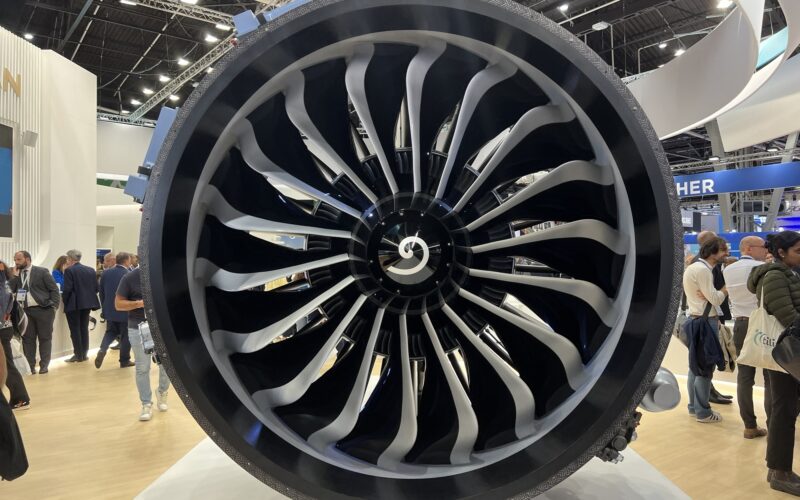The European Union Aviation Safety Agency (EASA) has published a Notice of Proposed Amendment (NPA) to modernize aircraft engine certification rules.
EASA has highlighted three main issues with the current regulations:
- An outdated engine endurance test
- Lack of harmonization between it and the United States (US) Federal Aviation Administration (FAA) on the initial maintenance inspection (IMI) test
- Substantiation of piston-engine time between overhaul (TBO) or time between replacements (TBR)
60-year aircraft engine endurance test
According to EASA, the engine endurance test, which is required for propulsion systems to be certified, proves that an engine can sustain “a minimum level of engine operability and durability within, and including, the approved engine ratings and operating limitations”.
However, the test was first conceived 60 years ago, when very different engine designs were used on commercial aircraft. For reference, the first commercial aircraft to use a jet engine, the de Havilland Comet, took off on its first revenue flight in 1952, more than 70 years ago.
“The issues with the requirement arise due to the test running conditions becoming harder to achieve as engine designs and operations have evolved to meet the performance demands of the modern air transport market,” argues EASA, adding that engine manufacturers had to incorporate modifications just to meet the conditions of the test. As a result, though, “experience with more recent engine certification projects has highlighted the complexity of such substantiations, considering the modifications required”, making the authority doubt the representativeness of the test.
EASA assessed that some aircraft engines have failed shortly after beginning commercial flights, requiring urgent actions via Airworthiness Directives (AD) to rectify the issue.
“The root cause of such failures may have been identified during the engine endurance test if the test conditions and the engine configuration had been more representative,” EASA stated. Even if no engine failures have been directly associated with fatalities, the agency and industry “identified the need to ensure a more representative test and thereby increase the probability of detecting such issues before entry into service of the engine”.
Harmonizing certification with the FAA
The European regulator also highlighted that while the FAA has mandated an initial maintenance inspection (IMI) test, EASA has not.
“There is, therefore, a lack of harmonisation between EASA and the FAA on this subject,” noted EASA.
It is considered an “important element” of the certification process, especially since it can reveal design-related issues while an engine maker is in the process of getting approval for its product that no other certification tests can showcase. As such, EASA considers that “potential unsafe conditions may develop once the engine enters into service”.
According to EASA, the Design & Manufacturing Technical Committee (DM.TEC) provided “some comments” that were “supportive” of the proposals. “In particular, the introduction of an alternate endurance test in CS-E [certification specifications (CSs) and acceptable means of compliance (AMC) for engines – ed. note] has been asked by engine manufacturers for years,” stated the regulator.
For turbine engines, the NPA would mean that testing would become more robust and akin to real-life operating scenarios, which would reduce “continuing airworthiness issues, including less potentially hazardous or catastrophic failure conditions at aircraft level”. At the same time, this would ease the amount of work for EASA to ensure continuous airworthiness oversight due to “better involvement in the IMP [initial maintenance program – ed. note] testing activities”.
“The proposed regulatory material is expected to improve safety and have a positive economic impact,” concluded EASA simply.

